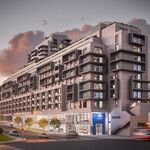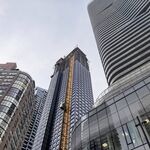W. K. Lis
Superstar
They go past my house once a week for the last decade. Not once have I ever seen cars backed up.
I don't think there's any law against walking or running on a street. There's laws against crossing at lights, when the light is red. Can you point to the section of the traffic act that you think running on a street violates?
If no one is allowed to walk or run on roads, then no one will be able to walk or run on streets that have no sidewalks... or when people didn't shovel their section of sidewalk.




